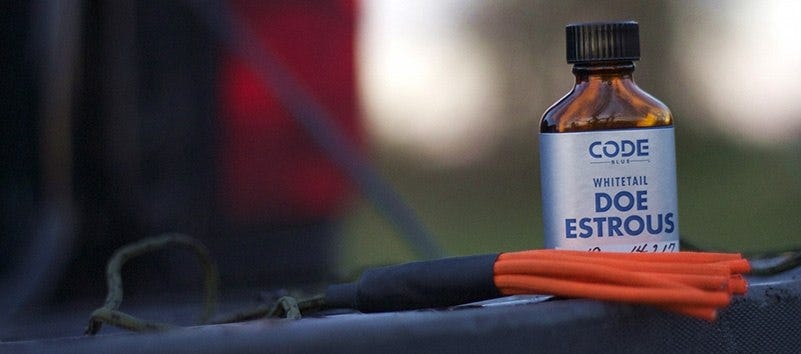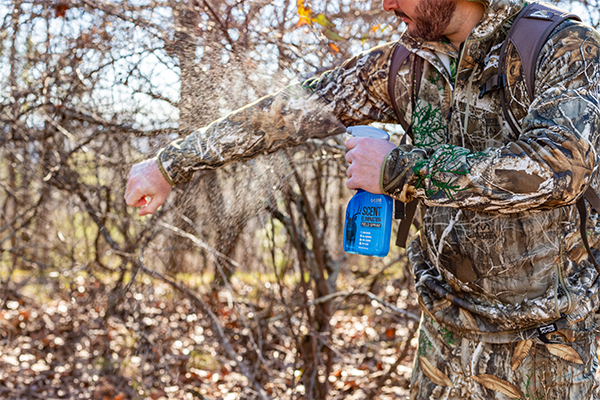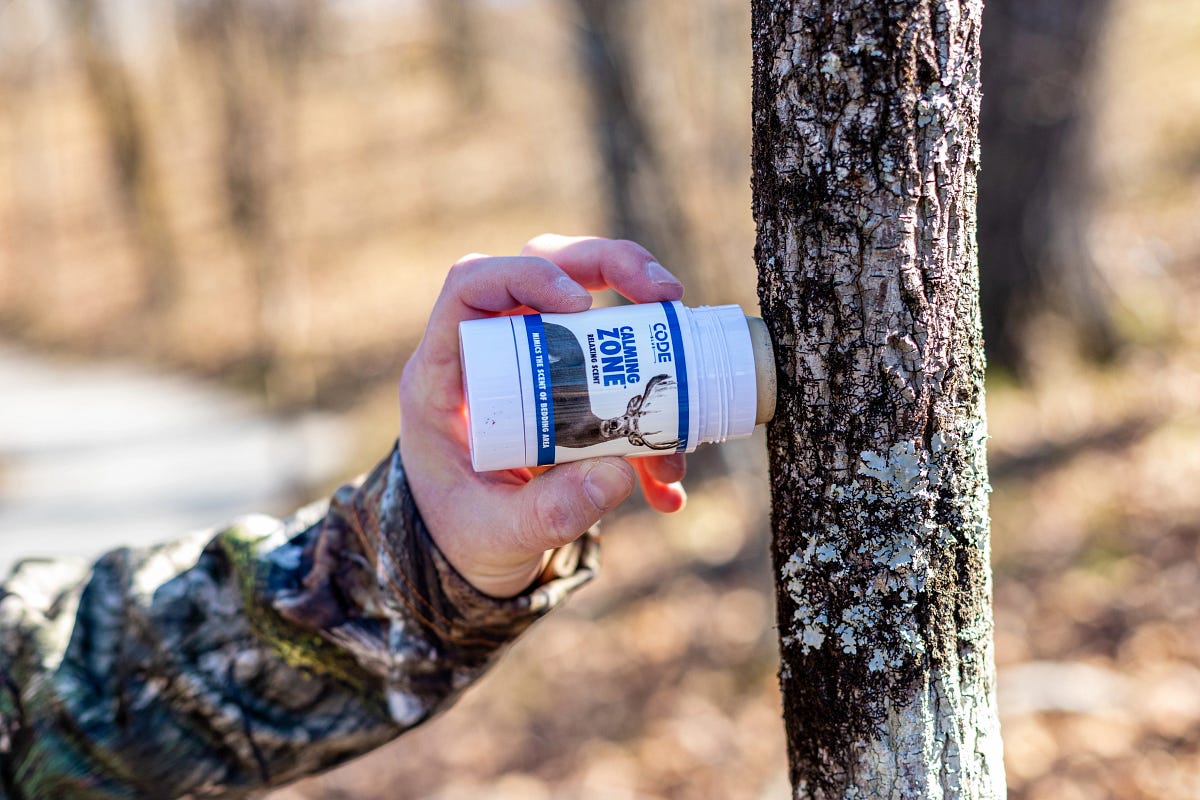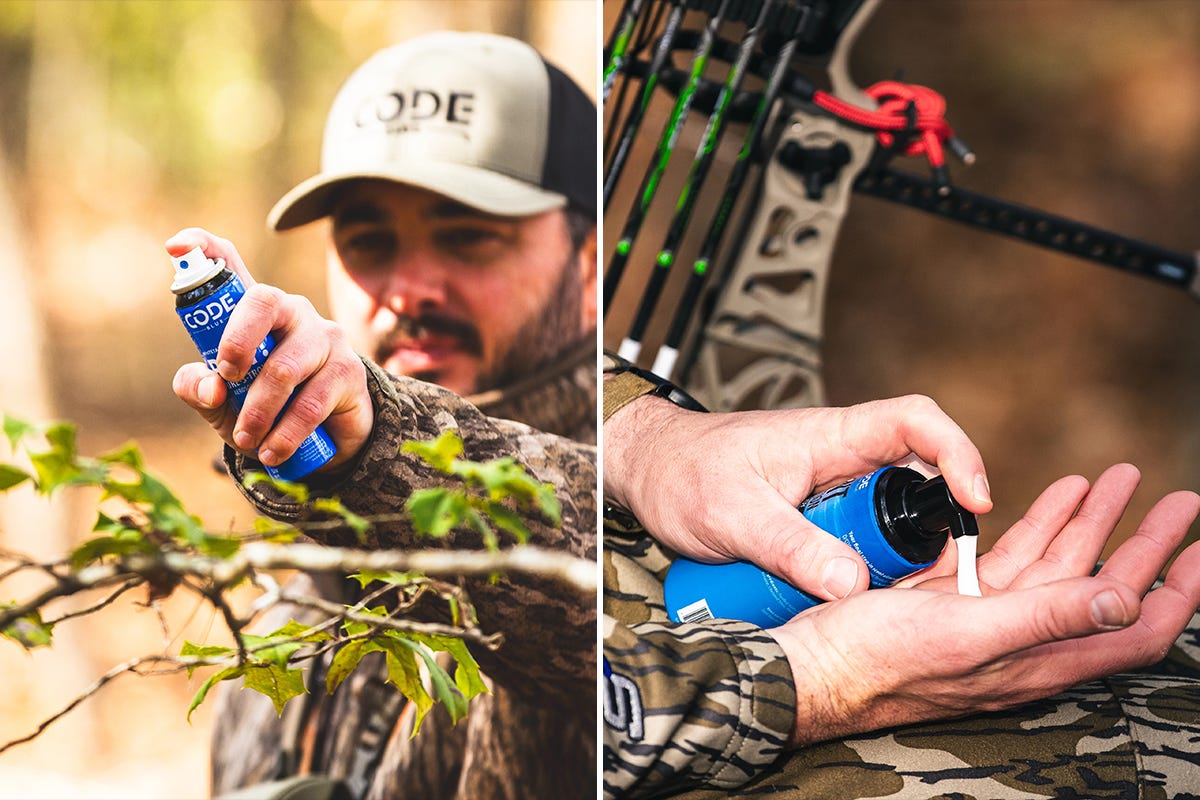- Nov 12, 2018
How Weather Impacts Scent Dispersal
|
|
|
We can learn a lot from dogs. Spend much time around dogs that work cover for pheasants or grouse, and you begin to get a pretty good understanding of how wind and weather conditions impact scent dispersal. Those same conditions can have a big-time impact on the way your deer scents work, as well as how your own scent is carried through the woods. |
ELEVATION CHANGES |
|
Let’s start with changes in elevation. What does that have to do with weather? Well, everything. Elevation changes on their own can impact the way scent is carried through the air. Add in atmospheric variations such as wind and temperature, and you have a complex system of eddies, swirls and scent valleys. Cool air settles. Warm air rises. This is true no matter the air temperature or your location. Elevation, by default, enhances this. How? There’s simply a greater distance of potential travel. In most situations, the air will be cooler in the morning than it is during midday. On flat, level terrain you will see the coolest air near the ground, with warmer air radiating upward as it warms with the sun. When you add elevation to the equation, cooler air will be down in a valley. As it warms and rises, that air travels a much greater distance. This thermal effect is something elk hunters consider constantly when hunting mountainous terrain, but it impacts hilly whitetail country, too. |
WIND |
|
Wind obviously dictates the direction scent is carried, but wind speed can greatly impact the amount that scent disperses and how far from the source it carries. Many hunters will say they prefer calm and gentle wind conditions when hunting. If you’re looking to attract deer from distance using urine or other scents, you might be disappointed. If you’re trying to keep your human scent moving in a favorable direction, you might be doubly disappointed. Light winds are almost always variable winds, meaning they won’t have a dominant direction and will change often. Scent pooling is also highly likely, especially in hilly terrain. Because there isn’t much wind to disperse scent, those thermals discussed above will carry the bulk of the scent into one location where it will sit. On the other hand, high winds will move scent very quickly in a direction, but the width of dispersal will be limited. Scent molecules simply aren’t given much opportunity to “wander” when they’re being forced quickly in a single direction by a stiff wind. Moderate breezes provide wide dispersal of scent, and that dispersal will maintain a predictable direction as moderate winds tend to stay true with less changes and swirls. |
TEMPERATURE |
|
Let’s consider hunting dogs again. In bitter cold temps, dogs can locate birds from a shorter distance than they can in more moderate temperatures. When the air is really cold, scent molecules travel a shorter distance because the air molecules in the air (when humidity levels are high) freeze and actually serve to restrict the passage of scent molecules. Conversely, warm temperatures tend to make for the best scenting conditions for bird dogs, and you can bet deer can smell better under such conditions as well. |
RAIN AND SNOW |
|
Ever cut your lawn just before a good rain? If so, you know that the air following a rain seems to be more fragrant. Technically it’s not, but your ability to smell that air is enhanced because damp, heavy air conveys scent more readily (as long as it’s not bitter cold and the moisture in the air isn’t freezing). This holds true for snowfall as well as rain. Those of us who live in the bitter North, understand the phrase “it’s too cold to snow.” That’s a real thing. When air temps are brutally cold, you seldom see snow. It’s simply too cold for the condensation that’s required for rain or snow to develop. So, when snow is falling, the air temperature is generally “warmer” (that’s a relative term) and the sense of smell is enhanced. —Tony Hansen
About the Author: Tony Hansen manages for and hunts mature whitetails in his home state of Michigan, where sweating the details is the only way to succeed. When not hunting his own properties, he can be found pursuing deer on public land throughout the whitetail’s range. Tony’s writings have appeared in Outdoor Life, Traditional Bowhunter, North American Whitetail, and Bowhunter. Check out more PRADCO Outdoor Brands including a full line of Moultrie Cellular Trail Cameras and Summit Stands. |







